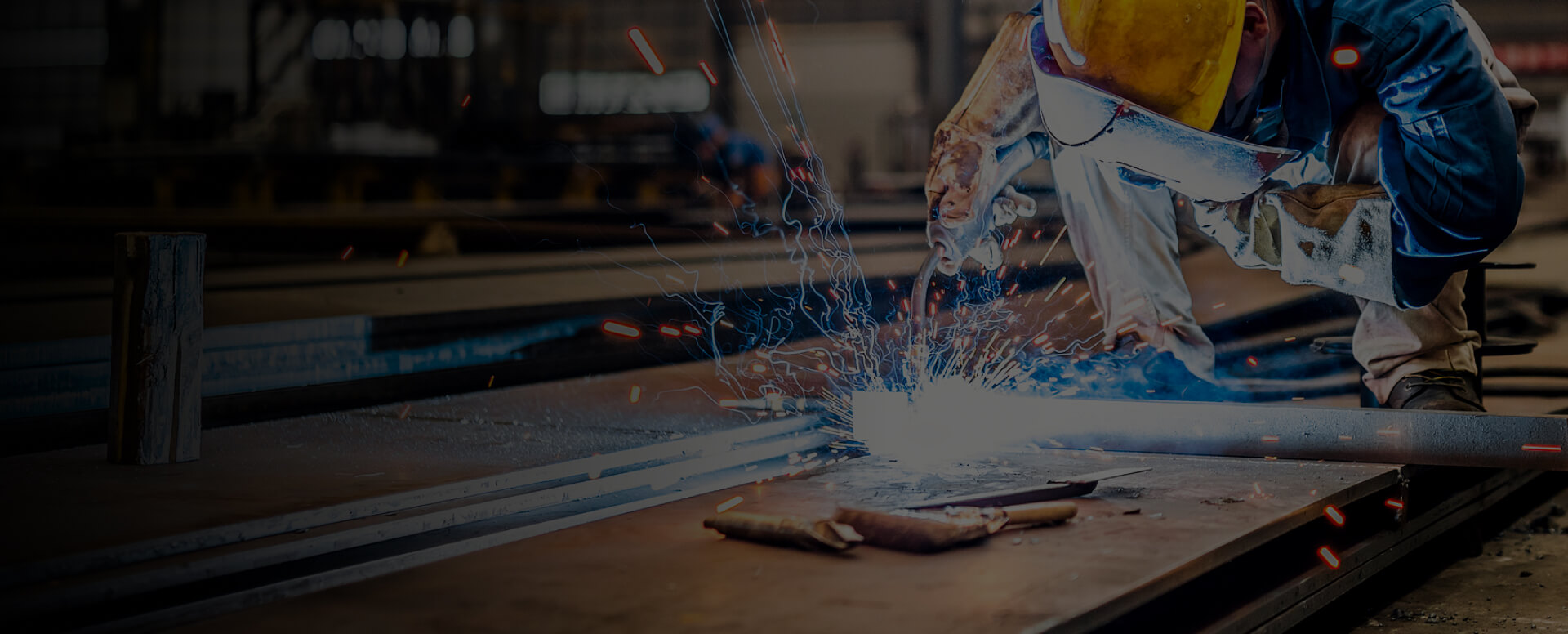
Plasma Cutting Gases: Types, Functions, and Cost Analysis
Common Gases Used in Plasma Cutting
Applications: General metal cutting, automotive repair, light industrial tasks Advantages: Low cost, readily available, easy to use Disadvantages: May produce less clean cuts on certain metals
Applications: Carbon steel cutting, industrial fabrication Advantages: High cut quality, faster cutting speeds Disadvantages: Higher cost, requires additional safety measures
Applications: Stainless steel, aluminum, non-ferrous metals Advantages: Good cut quality, lower reactivity than oxygen Disadvantages: More expensive than compressed air
Applications: Thick materials, specialized industrial cutting Advantages: High-temperature cutting, excellent precision Disadvantages: Highest cost, requires specialized equipment
How Plasma Cutting Works: The Role of Gases
Gas vs. Gasless Plasma Cutting: Comparison
Pros: Proven technology, consistent results, wide material compatibility Cons: Ongoing gas costs, cylinder handling, storage requirements
Water-Injection Plasma Cutting: Uses water to constrict the plasma arc Laser Cutting: High precision, but significant equipment investment Mechanical Cutting: No gas required, but slower and less precise
Gasless methods remain primarily experimental or niche applications Traditional gas systems offer better performance for most industrial needs New technologies continue to develop, but face efficiency challenges
Economic Factors: Cost Analysis
Equipment: 150010000+, depending on capacity Gas Expenses: 550 per cylinder (type-dependent) Maintenance: 100500 annually
Laser Systems: 1000050000 initial investment Operating Costs: Higher electricity consumption Maintenance: Potentially lower but specialized service required
Gas systems remain most economical for typical fabrication needs Alternatives may suit specific applications despite higher initial costs Total cost includes operation, maintenance, and consumables
Safety Considerations
Ventilation: Essential for fume removal Cylinder Storage: Secure upright position, away from heat sources Leak Detection: Regular equipment inspections PPE Requirements: Safety glasses, gloves, flame-resistant clothing
Related Articles

What is the typical cost of mig welding?
Understanding MIG Welding Costs: A Detailed BreakdownThe cost of MIG welding can vary significantly depending on the scale and complexity of the project. For small DIY tasks, expenses may be relatively low, with basic equipment ranging from 400 to 2000. In contrast, large commercial or industrial pr

Can Plasma Cutting Be Done Underwater?
Underwater Plasma Cutting: Process, Safety, and ApplicationsYes, plasma cutting can be performed underwater with specialized equipment and strict safety protocols. This method offers unique advantages for specific industrial applications but requires careful planning and execution.How Underwater Pla

Can The Welder Perform Plasma Cutting?
Welding vs Plasma Cutting: Key Differences, Applications & CostsWelding and plasma cutting are fundamental metal fabrication processes, but they serve completely different purposes. While both use electrical arcs and heat, welding joins metals together, while plasma cutting separates them. Understan

Can A Plasma Cutter Burn Your Skin?
Yes, contact between a plasma cutter and skin will cause severe, immediate burns, resulting in deep tissue damage that requires urgent medical attention.The Science of Plasma Cutting: A Brief OverviewPlasma cutting is a process that utilizes a superheated, high-velocity stream of ionized gas (plasma

What Is The Basic Principle of Tig Welding?
TIG Welding: A Complete Guide to Equipment, Process & TechniquesTIG welding, also known as GTAW (Gas Tungsten Arc Welding), is a precision welding process that uses a non-consumable tungsten electrode to create an arc and shielding gas to protect the weld pool. This guide covers everything you need

Operating A Plasma Cutter: What Safety And Equipment Steps Are Key?
To operate a plasma cutter safely and effectively, you need a proper power source, appropriate safety gear, a well-ventilated workspace, necessary consumables, and a pre-cut checklist. This guide outlines the key requirements for plasma cutting, helping you achieve optimal results.Plasma Cutter Powe

